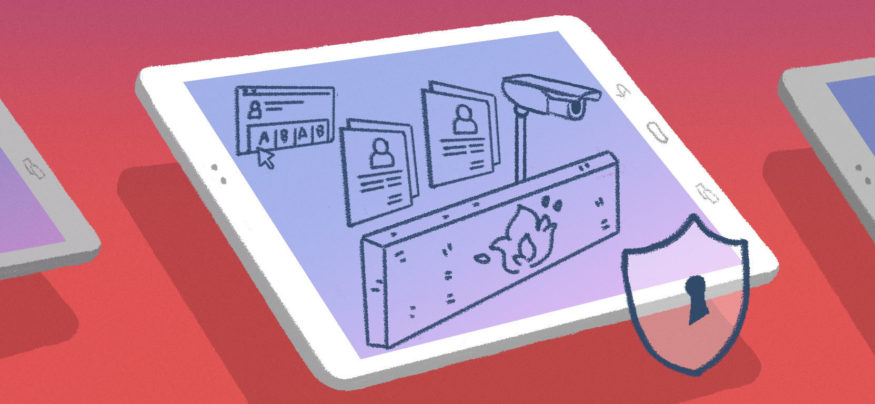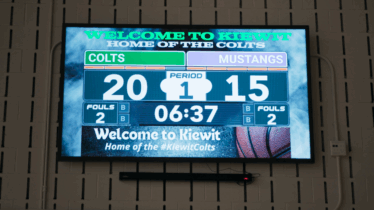Recently, the Consortium for School Networking (CoSN) asked K–12 information technology leaders about a range of issues, such as privacy and security of student data, use of the cloud, and the transition from print to digital. They found some interesting trends and predictions for the future of education technology — many of which speak to a need to protect the growing amount of digital student data.
Many of the respondents saw a greatly increased role for digital educational resources: 90 percent predicted that at least half of their learning materials would be digital and 99 percent planned to use at least some open resources within the next three years.
As schools rely more heavily on digital and cloud-based learning tools, they’ll need to protect the privacy and security of student data. And the respondents to this survey are poised to do that — 64 percent of them said privacy and security were more important this year than last year.
Digital Learning Can Increase Privacy Concerns
When students are using a learning management system or a digital curriculum, their individual performance data is collected and shared with their teacher and other instructional personnel to help assess their progress. And when this data is transferred through private networks or the cloud, or accessed by school staff on a mobile device, there are risks that students’ personally identifiable data might be sent to non-authorized individuals or stolen in a data breach.
To respond to parent concerns and comply with legal requirements, school IT professionals need to ensure that all digital educational resources and networked programs comply with Family Educational Rights and Privacy Act (FERPA) and Children’s Online Privacy Protection Act (COPPA) regulations. Additionally, using a high-level security protocol for all devices connected to the school network will help prevent breaches or unauthorized access. Mobile devices, which district administrators or educators may use to access student data, are often viewed as a risk by IT. However, utilizing containerization solutions to secure school data, in combination with a hardware level security platform such as Samsung Knox, helps to mitigate risks.
Even Non-Digital Tools Present Security Issues
Teachers and other staff should also take extra precautions to ensure that students’ personal data remains secure when they are printing student records.
IT staff can help make sure that student records aren’t printed and then forgotten, later to be tossed into the recycling bin rather than shredded. Services such as FollowMe provide an extra layer of security by ensuring documents are printed at the most convenient printer, rather than the one the user printed to last. Once a user sends a document using FollowMe, they then go to the printer and key in their security code to ensure that sensitive data is only printed when they are present. This service is convenient and transparent to the user — they simply print as they normally would from a computer or mobile device.
Digital Privacy Involves More Than Just Learning Data
Many schools have installed security cameras to help increase student safety. Videos are typically stored for a defined time period, as with any other video security monitoring system. Although these videos aren’t covered under FERPA and don’t contain sensitive student data, digital videos of minors bring about privacy concerns. To combat these concerns, IT staff should create a plan to ensure that all school personnel have guidelines to follow when someone asks to see a particular video, whether it’s a parent, another student or an outside individual, such as a law enforcement officer. IT should always document the process and post the video log in a place where anyone in the school can access it.
As K–12 schools become more digital, real and perceived privacy issues will arise more frequently. But a staff of IT professionals who are nimble, well-versed in legal requirements and best practices and able to utilize new security technology will be able to tackle these issues.
Implementing a successful digital curriculum in your classroom starts with digital literacy. Find out how to help your students achieve top technology skills here.







